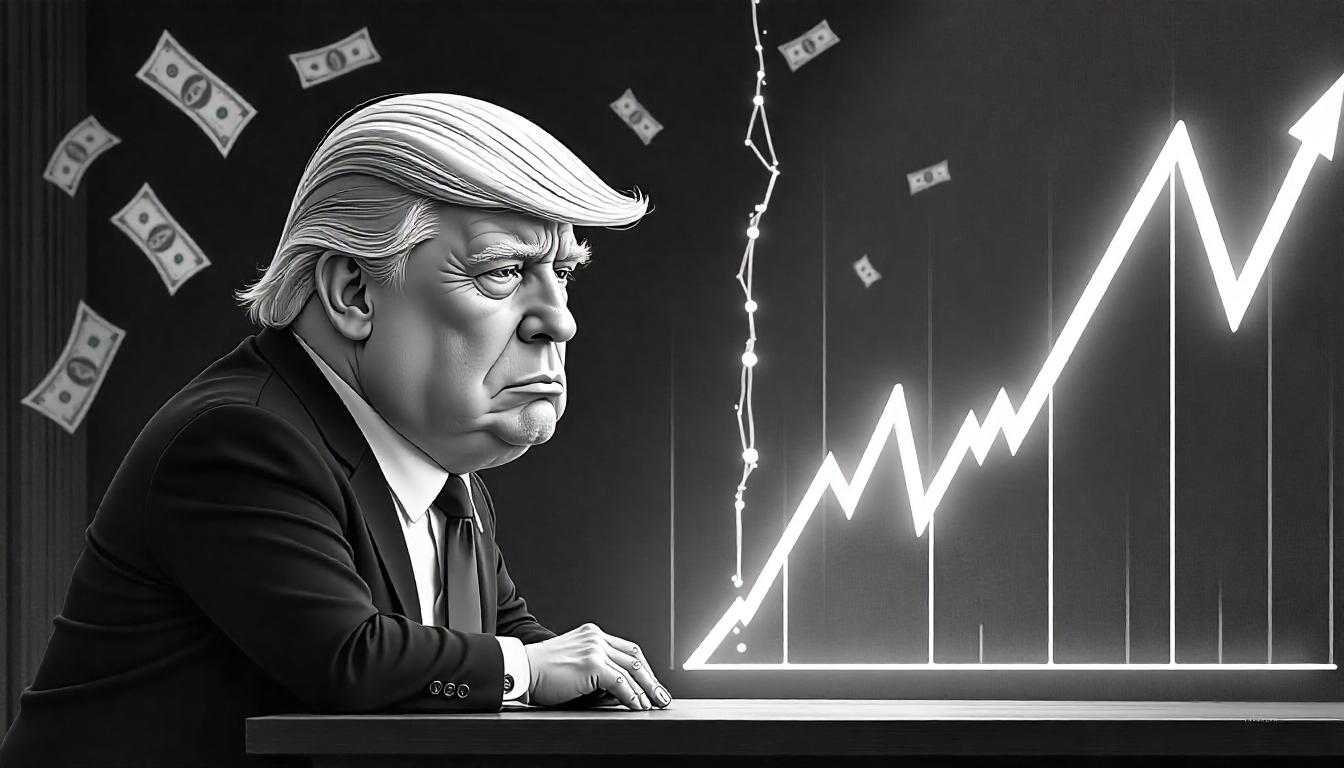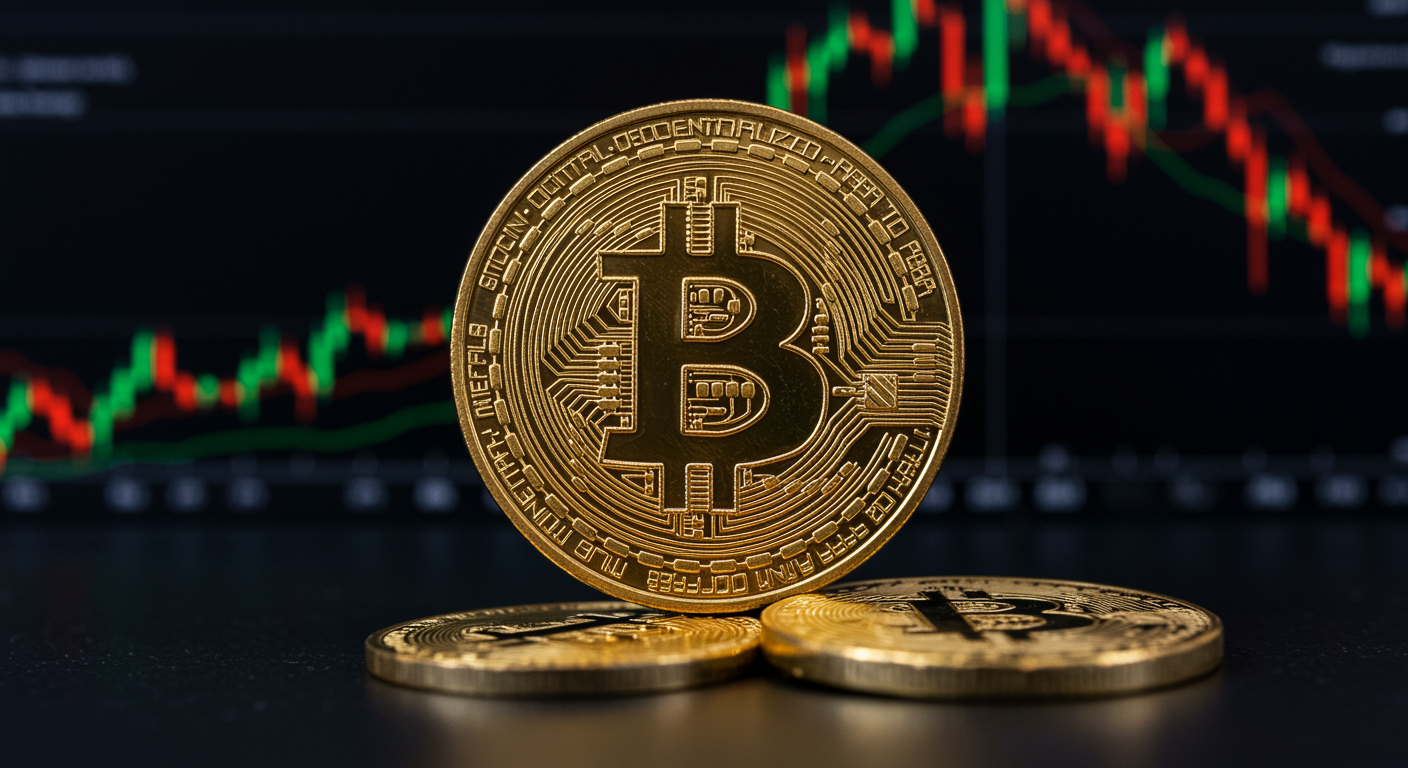Trump Faces Headwinds as U.S. 10-Year Yield Trends Unfavorably
A wave of volatility not seen since the early days of the pandemic swept across global markets Monday, shaking investor confidence and raising unsettling questions about the health of the global financial system—particularly the stability of U.S. Treasury markets.
The catalyst? Escalating trade tensions between the U.S. and China, and a jarring move in the U.S. 10-year Treasury yield—the benchmark many consider the world’s most important interest rate. President Donald Trump’s fresh round of tariffs on Chinese imports ignited a flight to safety late last week, pushing the 10-year yield down from 4.8% to 3.9%. But in a stunning reversal, yields spiked to 4.22% on Monday, defying the usual market response during times of crisis.
Bitcoin swung wildly, dropping and rebounding by as much as 10% intraday. But the spotlight remained firmly on the bond market, where the unexpected yield surge fueled speculation of a deeper, more systemic issue.
The turmoil wasn’t isolated. Across the Atlantic, U.K. bond yields experienced their sharpest rise since the 2022 pension fund crisis during Liz Truss’s brief premiership, signaling that the stress extended well beyond U.S. shores.
Ole S. Hansen, head of commodity strategy at Saxo Bank, flagged the scale of the sell-off in long-term Treasuries as potentially indicative of foreign dumping. “Long yields rose at a pace not seen since the early pandemic,” he posted on X. “We may be seeing large holders—possibly foreign governments—pulling out and repatriating funds.” The U.S. 30-year yield jumped from 4.30% to 4.65%, and the 10-year climbed from 3.85% to 4.17%.
China was quickly singled out. Reports circulated that Beijing had sold $50 billion in Treasuries, feeding a long-standing narrative that China could use its holdings as leverage in a trade war. Yet others questioned that premise.
Jim Bianco, president of Bianco Research, dismissed the idea that foreign selling was the primary driver. “If China were offloading Treasuries, we’d expect the dollar to weaken,” he noted. “Instead, the Dollar Index surged 2.2% in just three days. That suggests capital is flowing into the U.S., not out of it.”
Bianco pointed instead to rising domestic inflation concerns as a more plausible explanation for the bond sell-off.
And while China’s involvement remains unclear, its role in U.S. debt markets is often overstated. As of January 2025, China held around $761 billion in U.S. government bonds, second to Japan. However, analysts argue that the bulk of China’s holdings are concentrated in shorter-term instruments and agency securities—not long-dated Treasuries like the 10- or 30-year notes that were under pressure this week.
Michael Pettis, economist and author of The Great Rebalancing, has long argued that China’s Treasury holdings are a byproduct of its trade surplus and currency management—not a political weapon. “China can’t simply sell Treasuries without also undermining its own financial system,” he’s said.
In fact, Beijing has been gradually reducing its exposure to U.S. debt since 2013, after its current account surplus peaked in the wake of the 2008 global financial crisis.
Monday’s chaos revealed more than just market nerves—it exposed the growing fragility in a global system where long-standing assumptions about capital flows, sovereign stability, and safe-haven assets are being tested like never before.
Share this content:













